Why me?
That’s probably the number one question when you start sniffling and sneezing. Beyond the basic injustices of life, we have answers. Adults slog through two to three cases of the common cold per year, per the Centers for Disease Control and Prevention (CDC). Here’s how to make the whole thing more bearable.
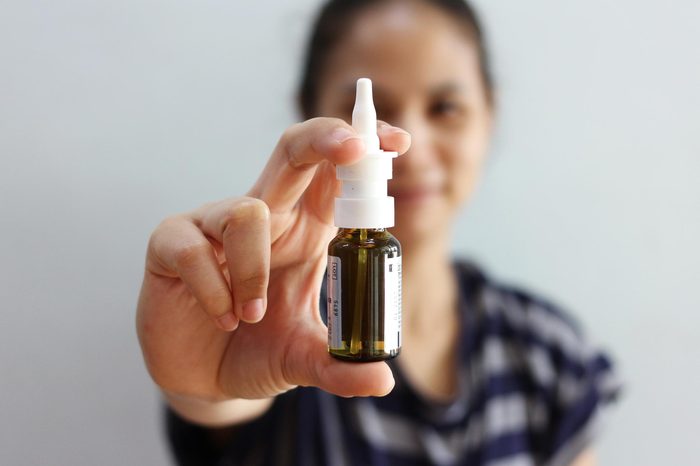
How long can I use a nasal spray for a stuffy nose?
Three days. Over-the-counter sprays containing phenylephrine (Neo-Synephrine) or oxymetazoline (Afrin, Dristan) shrink swollen blood vessels in the lining of your nose, allowing trapped mucus to drain. The good thing about the sprays is that they work almost instantaneously, and they won’t keep you awake at night or cause other side effects typical of oral decongestants. The downside is that, taking longer than indicated can cause rebound congestion — the more you use them, the faster your nose gets stuffed up again after each spray, leading you to use more and more. Sprays are great, but consider these home remedies for a stuffy nose.

Every time I renew my efforts to go to the gym, I seem to catch a cold. Is it all in my head?
There is the possibility that you’re picking up germs from gym equipment or in the locker room, which could make you sick. That said, there used to be the thought that an intense bout of exercise would lower immunity and provide an opportunistic “window” for germs to invade and take hold. However, a recent review of research, published in 2018 in Frontiers in Immunology debunking this immune suppression theory, and arguing that acute workouts actually raise your germ-fighting abilities. Regular exercise, over time, also enhances your body’s defenses.
That doesn’t mean that all exercise opens the door to colds. In fact, a consistent, medium-intensity routine has been shown to decrease the risk of a cold by 27 percent and cut its duration by 3.5 days compared to control groups, per research in the Korean Journal of Family Medicine. Exercise might be good for you, but here are other ways you’re making your cold worse.
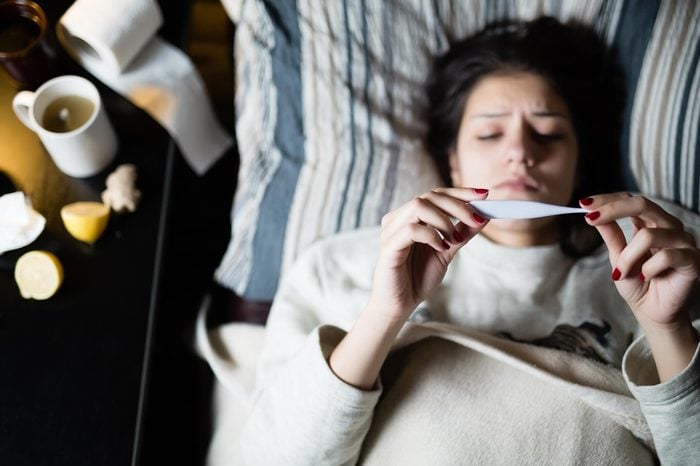
How do I know if it’s a cold or the flu?
If you’re unsure, assess how bad your symptoms are. “A cold is a bit disruptive, but the flu is more severe. It lasts much longer and is more likely to be associated with fevers and muscle aches and pains,” says Amesh Adalja, MD, senior scholar and an expert in infectious diseases at Johns Hopkins Bloomberg School of Public Health in Baltimore, Maryland. In a cold, symptoms come on gradually, whereas flu symptoms hit you like a truck, notes the CDC. Here are some clues on telling the flu and a cold apart.
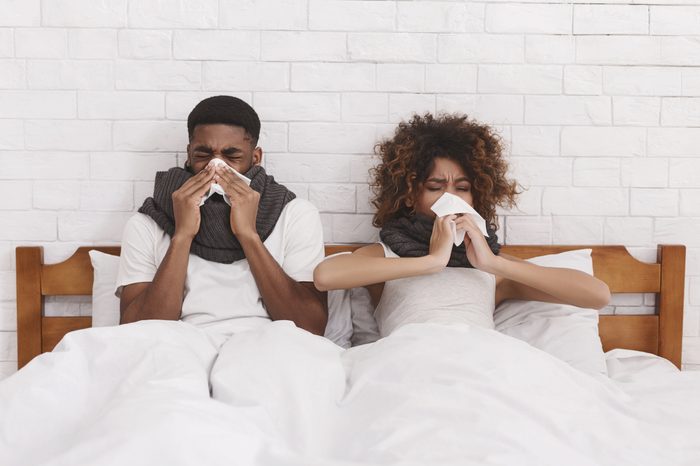
Is there really a wrong way to blow your nose?
Mom was right about this one. Vigorous honking really is counterproductive for two reasons. First, it triggers “reflex nasal congestion”—your nasal passages swell up temporarily, which traps mucus. Second, full-force nose-blowing creates a vacuum deep in your sinus passages; once you stop blowing, mucus gets sucked backward, deeper into your sinuses. A better way to blow: With a tissue over both nostrils, close one side and gently blow the other for three to five seconds. Switch sides. It may take several blows, but it works.
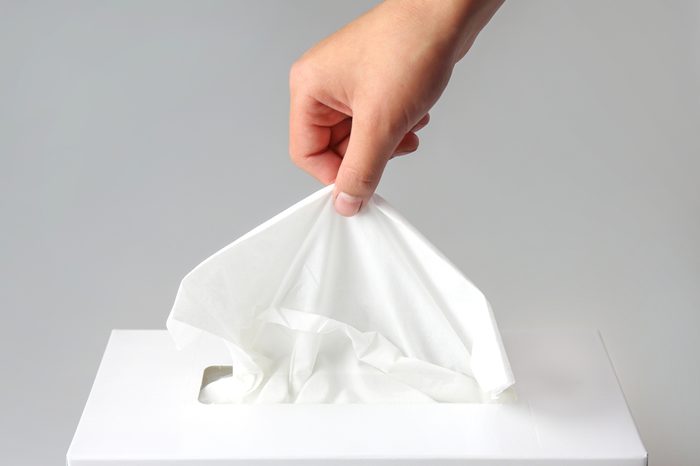
If I have a runny nose from a cold, am I better off drying it up or letting it go?
Go ahead and make yourself comfortable. Congestion and a runny nose are side effects of your body’s efforts to fight off the viral infections that cause colds and flu. Reversing them with a decongestant won’t slow down healing. And while the evidence for using them is shaky–they may have a small benefit on clearing congestion–they are safe, according to a 2016 Cochrane Review. To clear your nose, decongestants containing pseudoephedrine are more effective than those containing phenylephrine, research shows.
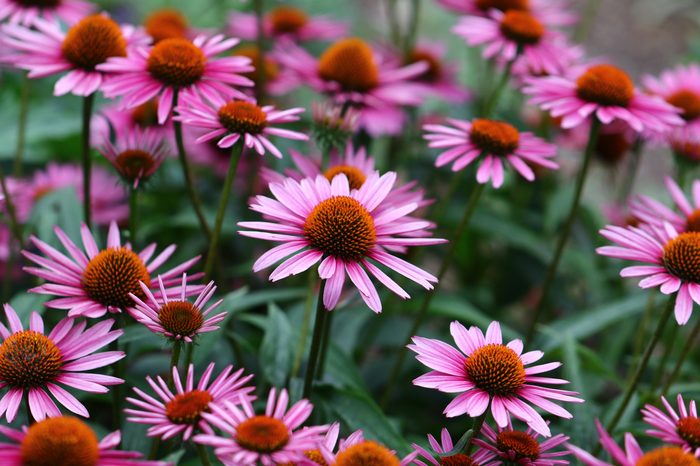
Should I take echinacea?
Don’t take echinacea regularly—there isn’t enough data on long-term usage that shows this habit is safe, according to the American Academy of Family Physicians. Experts there and at the Mayo Clinic recommend taking echinacea for no more than seven to ten days at a time, generally at the first sign of a cold. Though the research on the herb is mixed, echinacea may help shave a day or two off your symptoms. Another time you may want to consider echinacea is before you fly, says University of Connecticut professor of pharmacy Craig I. Coleman. You might consider starting it a week before you’ll be trapped in a plane cabin recirculating everyone’s germs. The usual dose is 900 milligrams per day of echinacea extract, he says.
